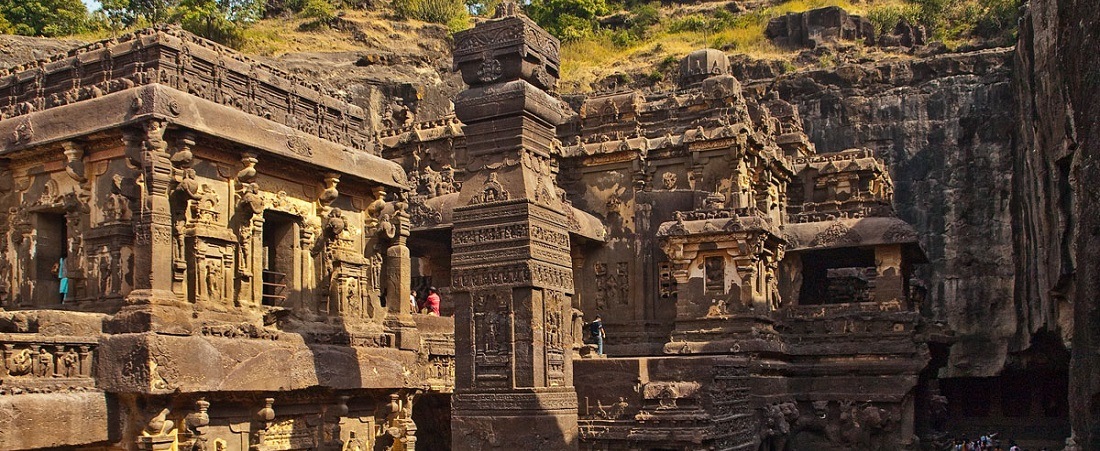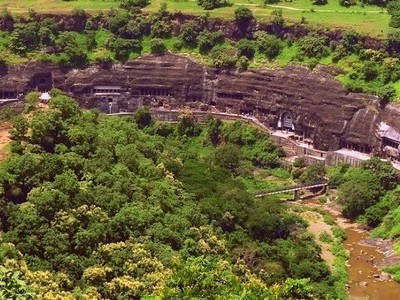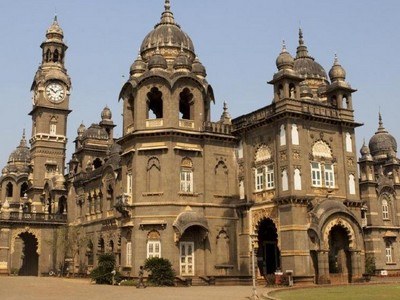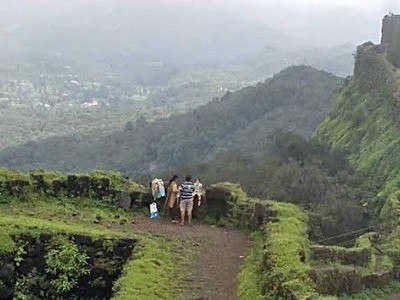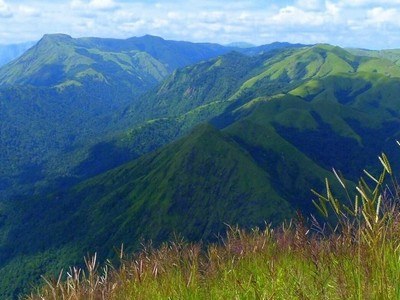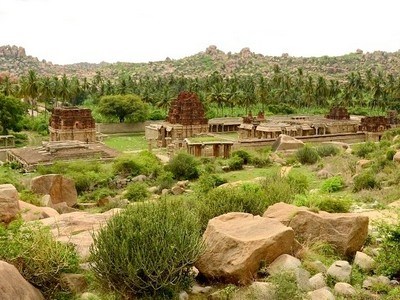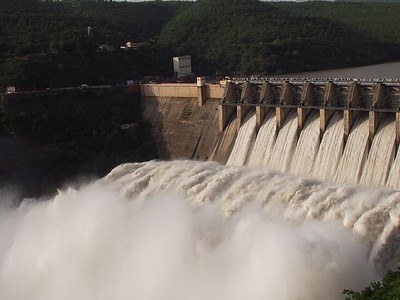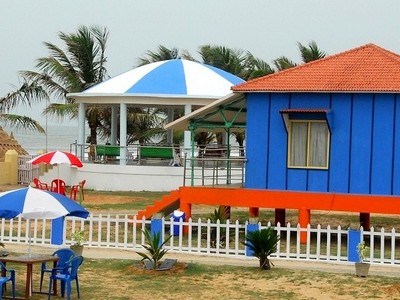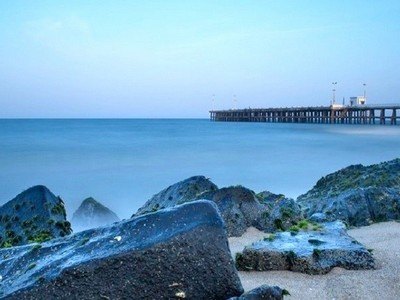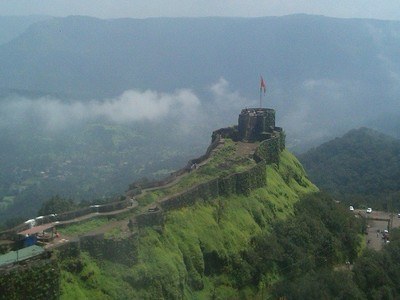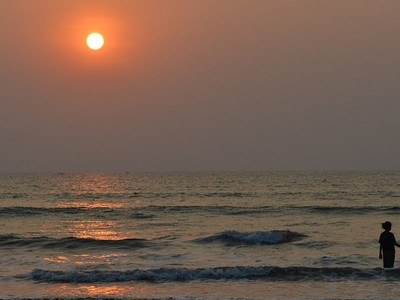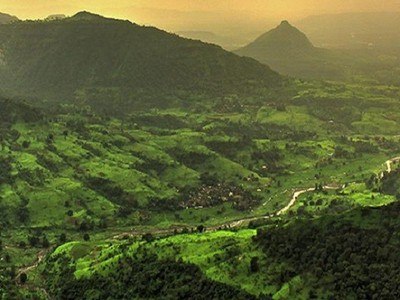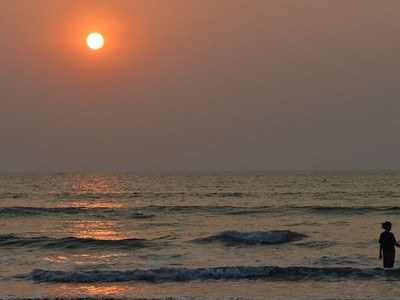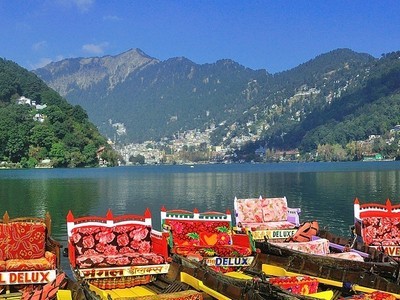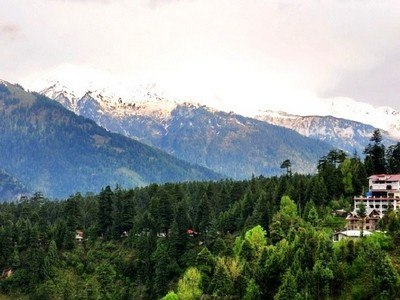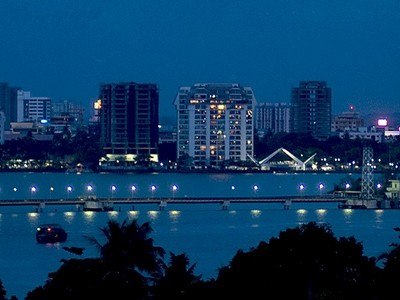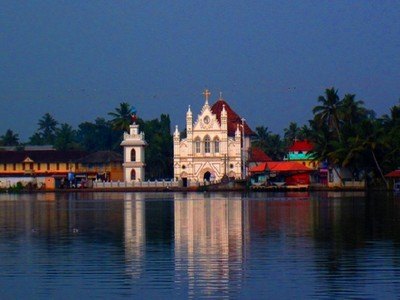At a distance of 25 km from Pune, Purandar Fort is ancient hill fort located at Purandar village in the Pune district of Maharashtra, India. It is one of the many forts built by Marathas in Maharashtra, and among the must visit places as part of Pune packages.
Situated at an elevation of 1,374 meters (4,508 feet), Purandar Fort is a renowned tourist destination and holds significant historical importance near Pune. The fort has endured numerous historical events and has been frequently referenced in the context of Chhatrapati Shivaji Maharaj's uprising and the broader Maratha Empire's resistance against the Adil Shahi, the Mughals, and the Bijapur Sultanate. It is recognized as one of the twin forts, alongside Vajragad Fort, and is also noted as the birthplace of Shivaji Maharaj's son, Sambhaji Maharaj.
Historically, the fort was initially constructed by the Yadava dynasty as a defensive stronghold against northern invaders. Subsequently, it came under the dominion of various dynasties and rulers, including the Bahmani Sultanate, the Nizam Shahi Sultanate, the Adil Shahi Sultanate, and the Mughals. The fort reached its peak of glory under the Maratha Empire, especially under Shivaji, who made it his capital in 1665. Shivaji renovated and fortified the fort with several bastions, gates, walls, and towers. He also built several temples, statues, and monuments inside the fort to honor his ancestors and deities.
The ...
...read more

